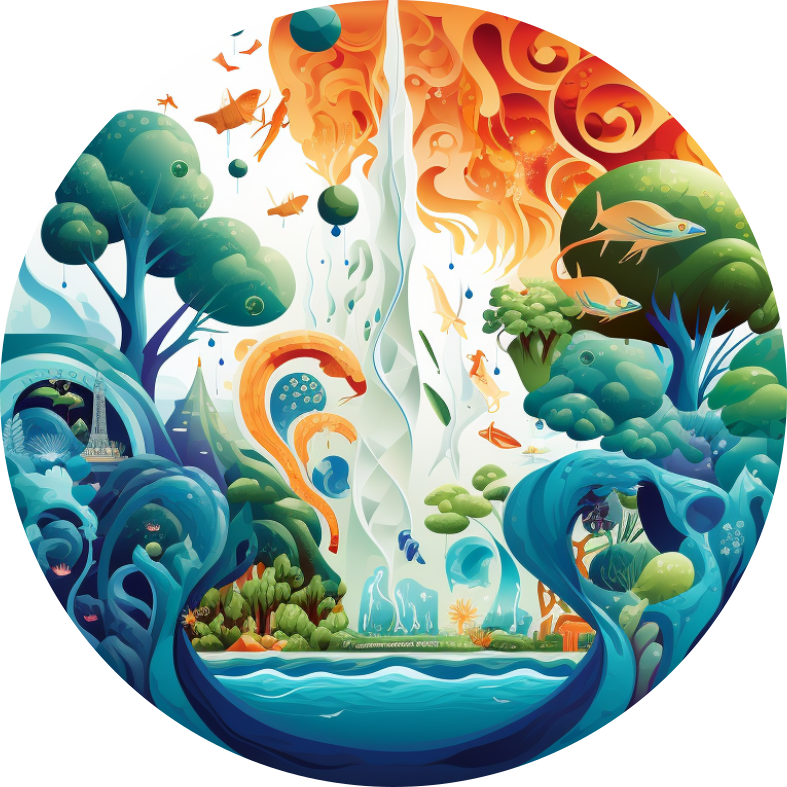Abstract
The concept of chemically evolvable replicators is central to abiogenesis. Chemical evolvability requires three essential components: energy-harvesting mechanisms for nonequilibrium dissipation, kinetically asymmetric replication and decomposition pathways, and structure-dependent selective templating in the autocatalytic cycles. We observed a UVA light-fueled chemical system displaying sequence-dependent replication and replicator decomposition. The system was constructed with primitive peptidic foldamer components. The photocatalytic formation–recombination cycle of thiyl radicals was coupled with the molecular recognition steps in the replication cycles. Thiyl radical-mediated chain reaction was responsible for the replicator death mechanism. The competing and kinetically asymmetric replication and decomposition processes led to light intensity-dependent selection far from equilibrium. Here, we show that this system can dynamically adapt to energy influx and seeding. The results highlight that mimicking chemical evolution is feasible with primitive building blocks and simple chemical reactions.

